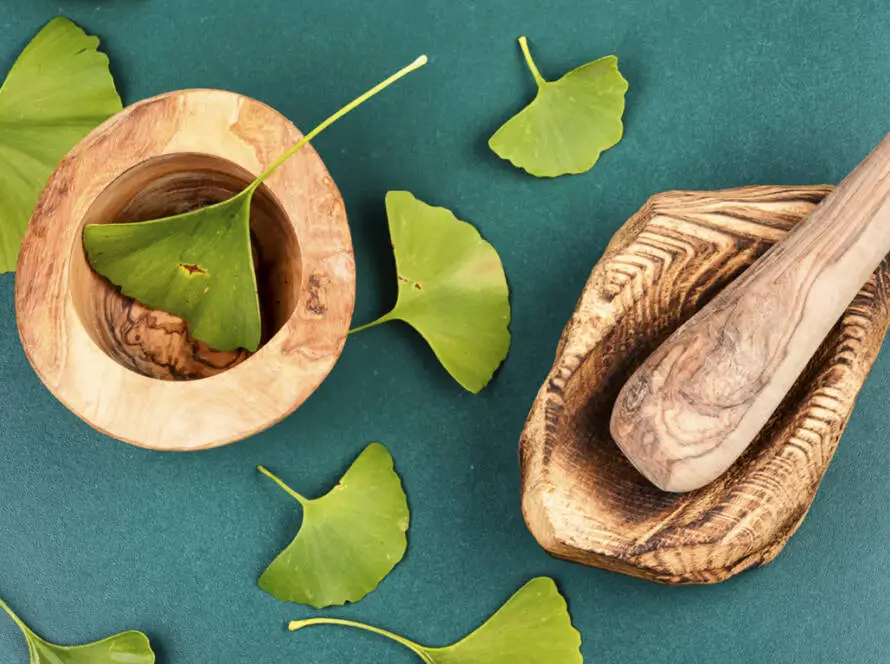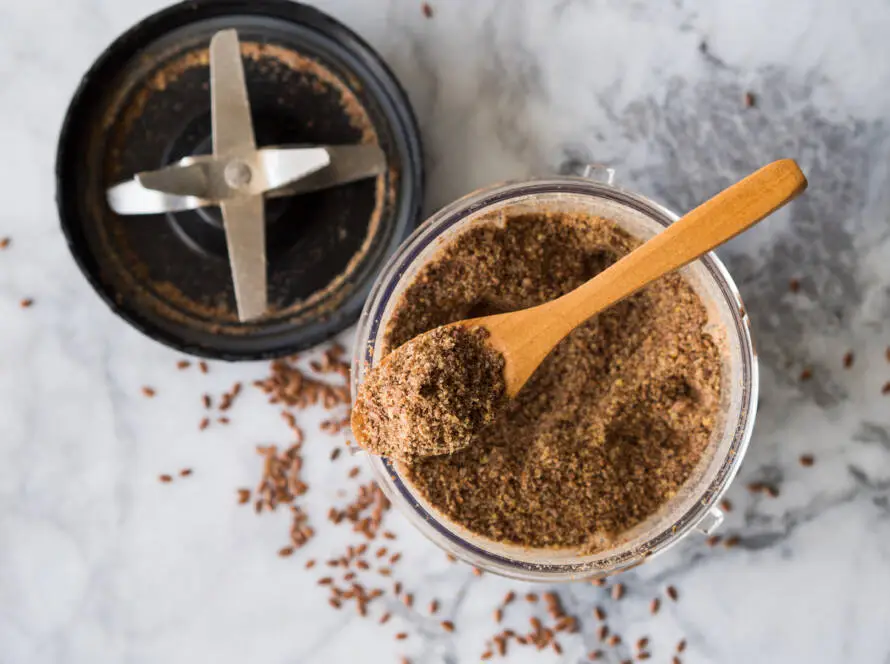Horsetail
Introduction
Horsetail is a plant native to Europe, North America, North Africa, and northern Asia. As a pteridophyte, it is more closely related to ferns than to flowering plants. This unique plant produces visible spore sacs from March through September, marking its reproductive period. Typically, horsetail grows to about 0.3 meters in height, featuring hollow, pointed stems and scale-like leaves. Notably, it does not produce flowers. Horsetail thrives in moist, shady areas, making it common in wetlands and along riverbanks.
Common Names
Horsetail is known by several names, including:
- Horsetail
- Bottle Brush
- Scouring Rush
- Shave Grass
- Dutch Rush
- Pewterwort
Latin Name
The scientific name for horsetail is Equisetum arvense.
Uses of Horsetail
Horsetail has various traditional uses, including:
- Diuretic: Often used for kidney and bladder issues.
- Astringent: Applied to stop bleeding and promote healing.
- Antitubercular: Historically used in the treatment of tuberculosis.
- Cosmetic Ingredient: Incorporated into various cosmetic products.
Despite these uses, it’s important to note that there are no clinical trials supporting them.
How to Use Horsetail
Horsetail can be consumed in different forms:
Tea Preparation
To prepare horsetail tea:
- Pour boiling water over 2 to 3 grams of horsetail herb.
- Cook for five minutes.
- Strain after letting it steep for 10 to 15 minutes.
It’s best to drink this tea during the day between meals.
Infusion for Internal Use
You can also make an infusion by:
- Add 1.5 grams of horsetail herb to 1 cup of boiling water.
- Letting it steep for 30 to 40 minutes.
Dosages
- Internal Use: 6 g daily (as recommended by the German Commission E monograph).
- Herbal Infusion: 4 oz three times daily.
- Tincture (1:5): 1 to 4 mL three times daily.
- External Use (Compresses): 10 g of herb per 1 liter of water daily.
What the Science Says
Research has not provided substantial animal or clinical data to support the diuretic effects of horsetail. Historical claims regarding its effectiveness in treating urological disorders, tuberculosis, or enhancing wound healing have yet to be confirmed or disproved. This lack of scientific validation highlights the need for further research.
Side Effects and Cautions
The FDA classifies horsetail as an herb of unclear safety. Important considerations include:
- Toxicity: Ingesting large amounts of horsetail may be toxic. There have been reports of children being poisoned by using the stems as blowguns or whistles.
- Thiaminase Content: Crude horsetail contains thiaminase, an enzyme that can break down the B-vitamin thiamine. This can potentially lead to deficiencies if consumed in large quantities.
Conclusion
Horsetail is a versatile plant with a rich history of traditional uses, especially in herbal medicine. However, the lack of robust scientific evidence supporting its safety and effectiveness necessitates caution. As with any herbal remedy, it is advisable to consult a healthcare professional before use, particularly for those with existing health conditions or those taking other medications.
Resources
- Drugs.com
- Wikipedia.com
This summary highlights the key aspects of Horsetail, including its traditional uses, potential benefits, and safety considerations.
Disclaimer
The information I’ve shared about herbs is for educational purposes only and is not meant as medical advice. While many herbs have been traditionally used for their potential health benefits, individual responses may vary, and the effectiveness of herbs can depend on various factors, including personal health conditions and interactions with medications. It is essential to consult with a qualified healthcare professional or a licensed herbalist before using herbs for medicinal purposes or making significant changes to your health regimen. This information should not be considered a substitute for professional medical advice, diagnosis, or treatment.


